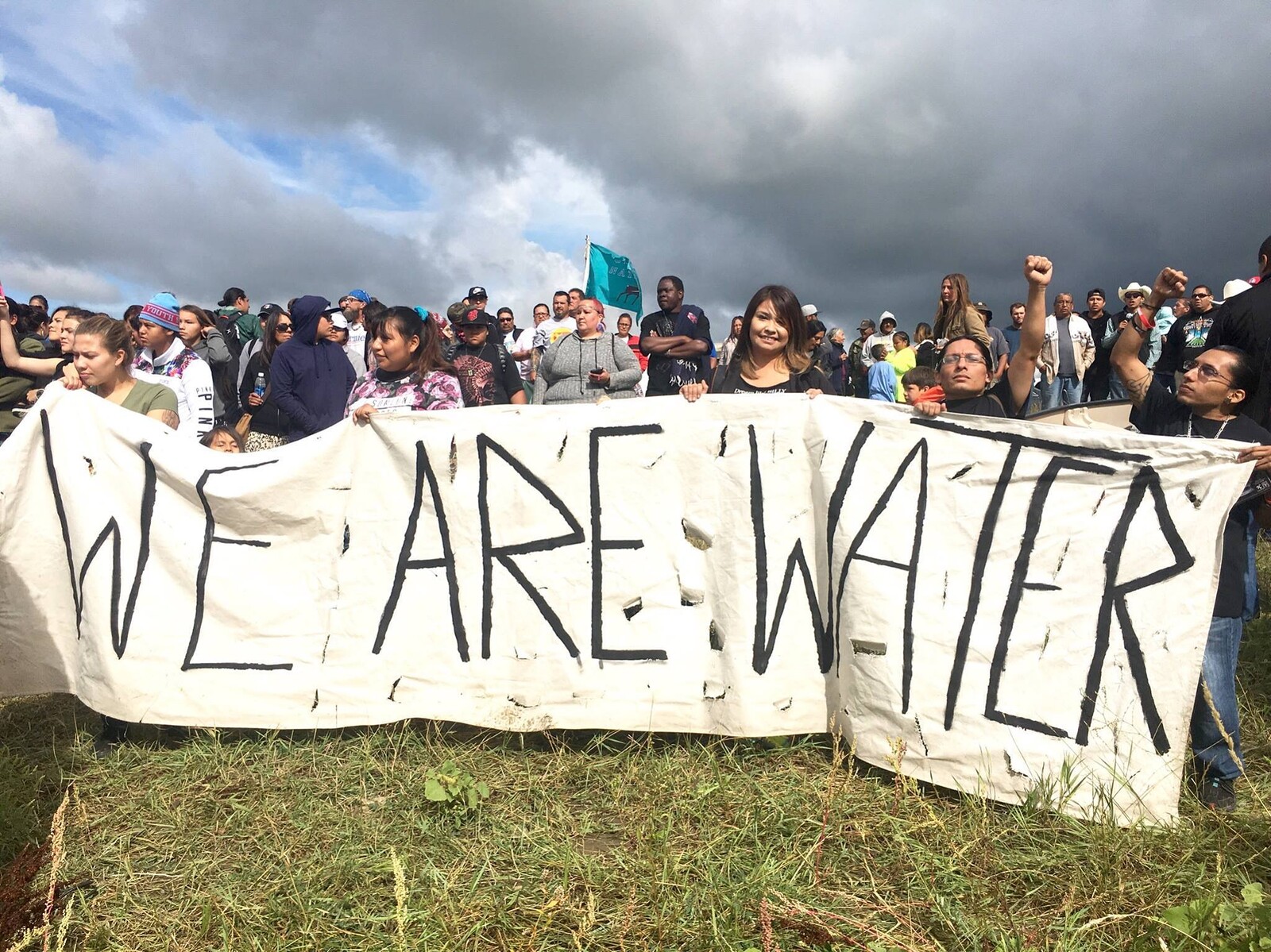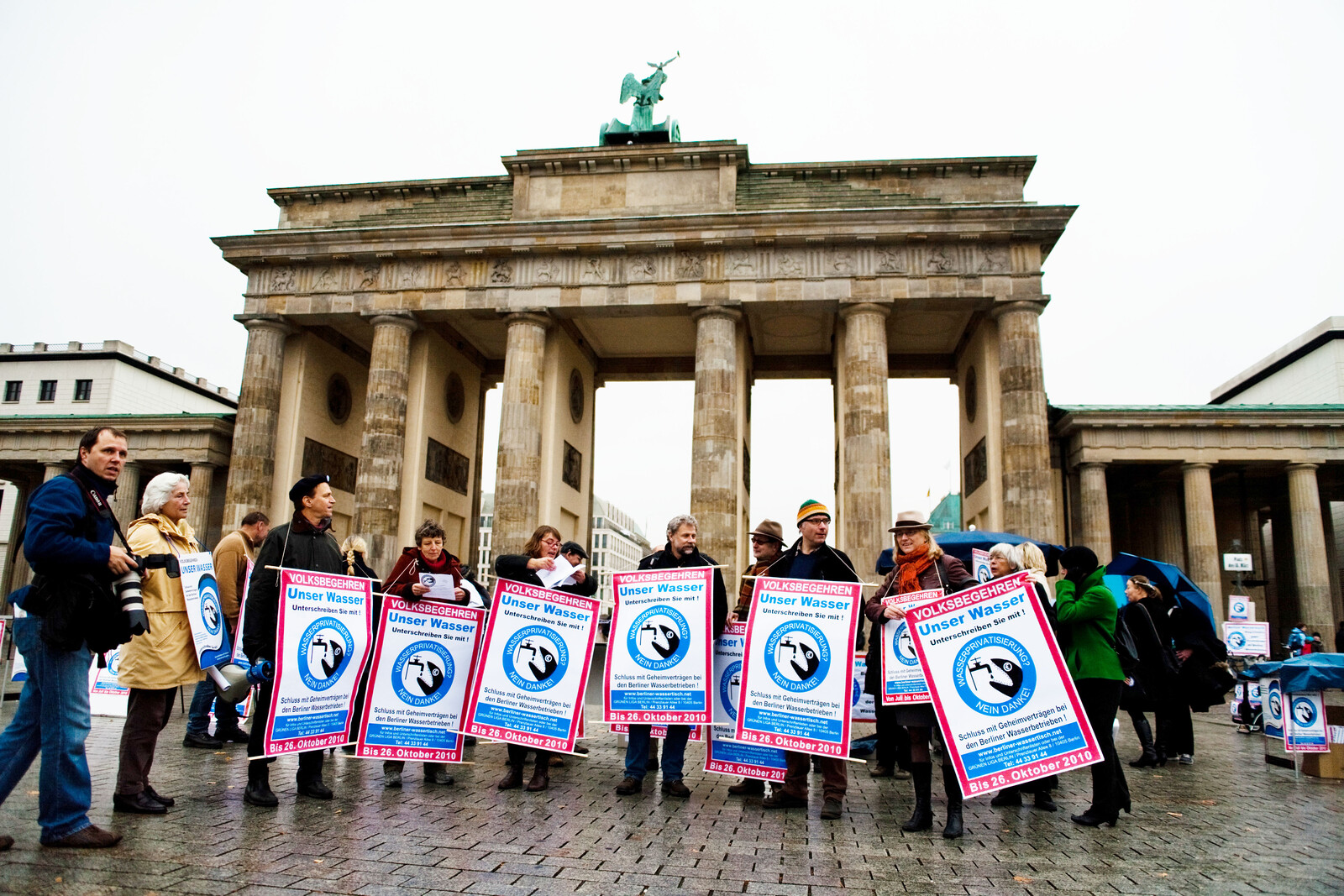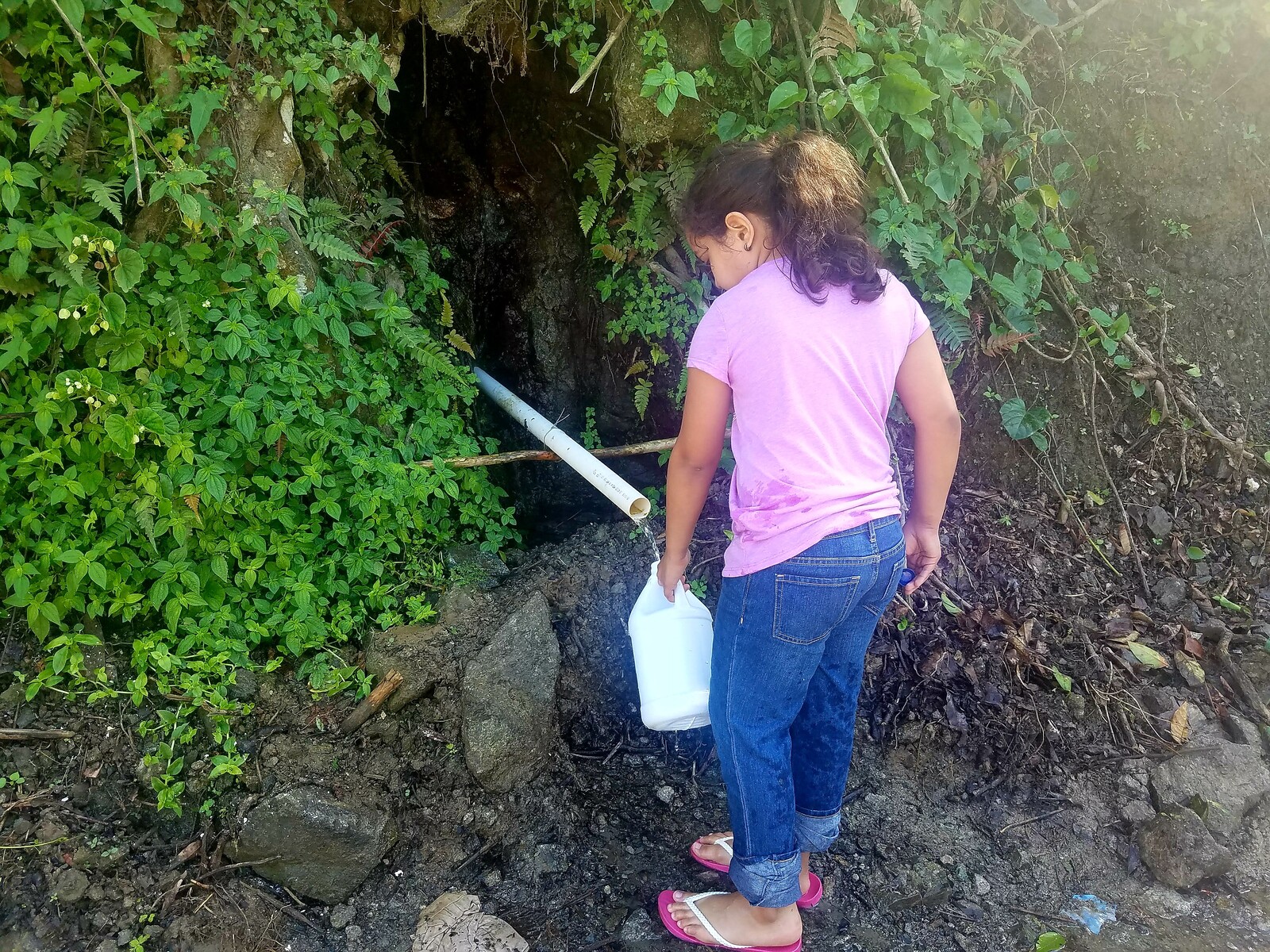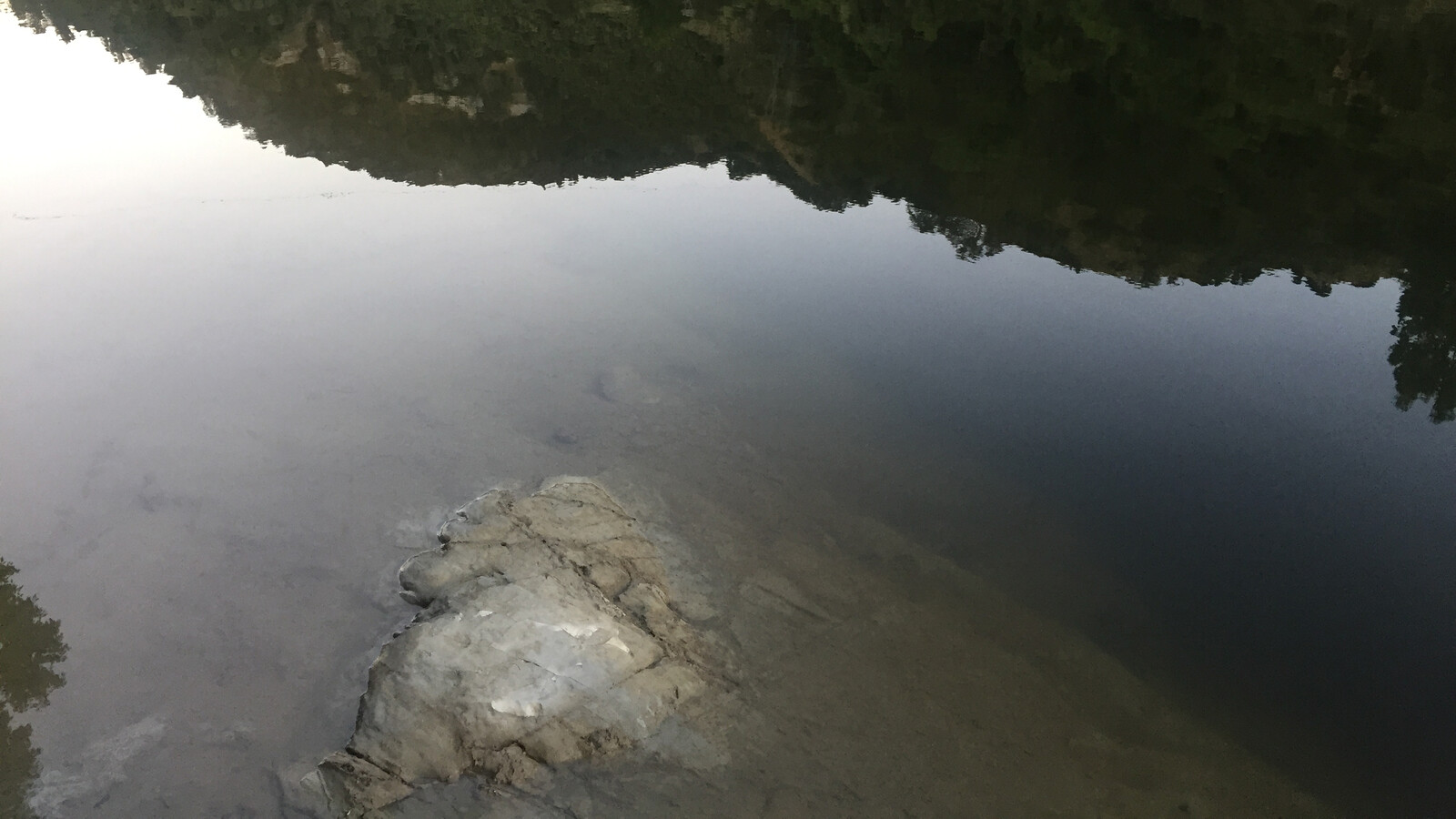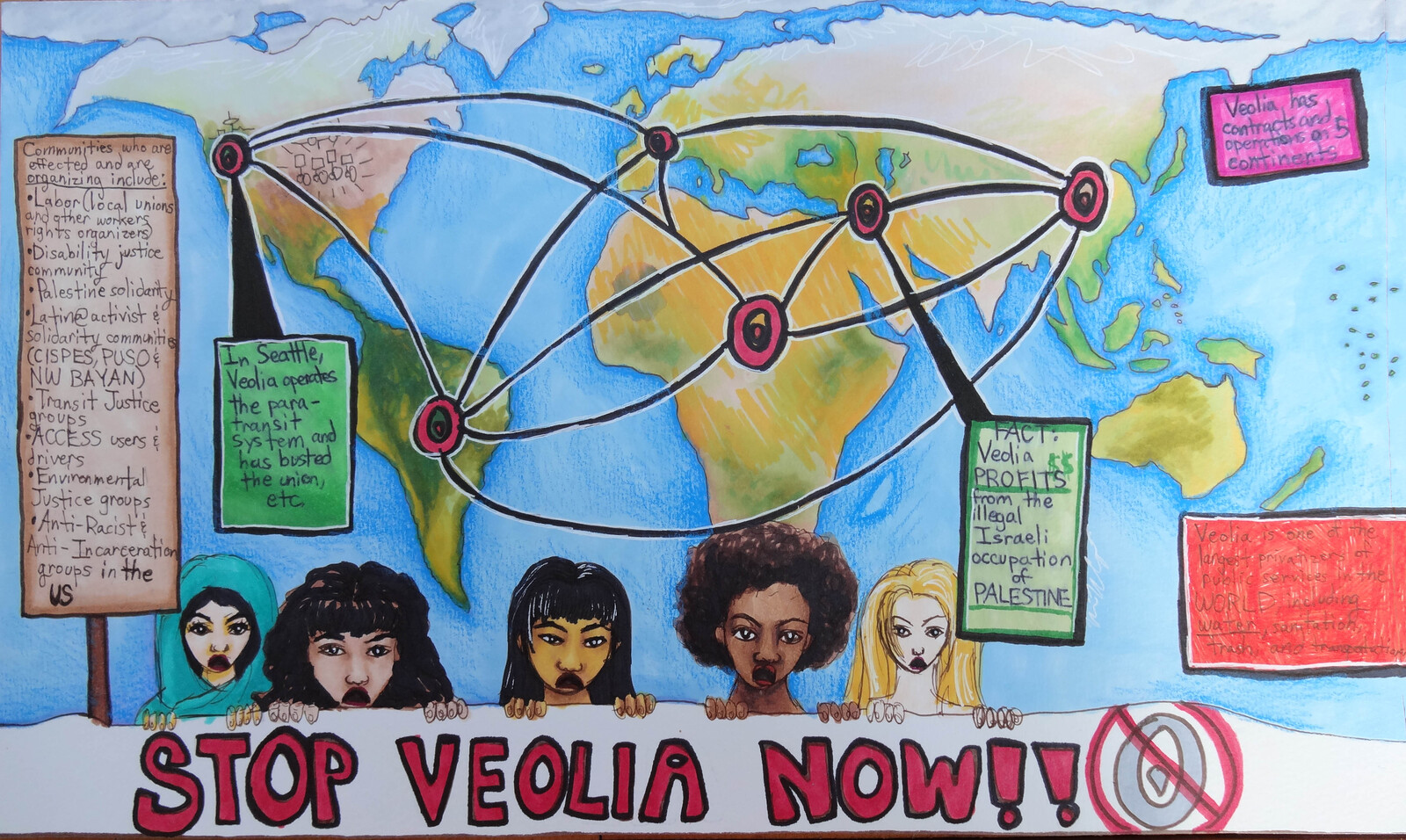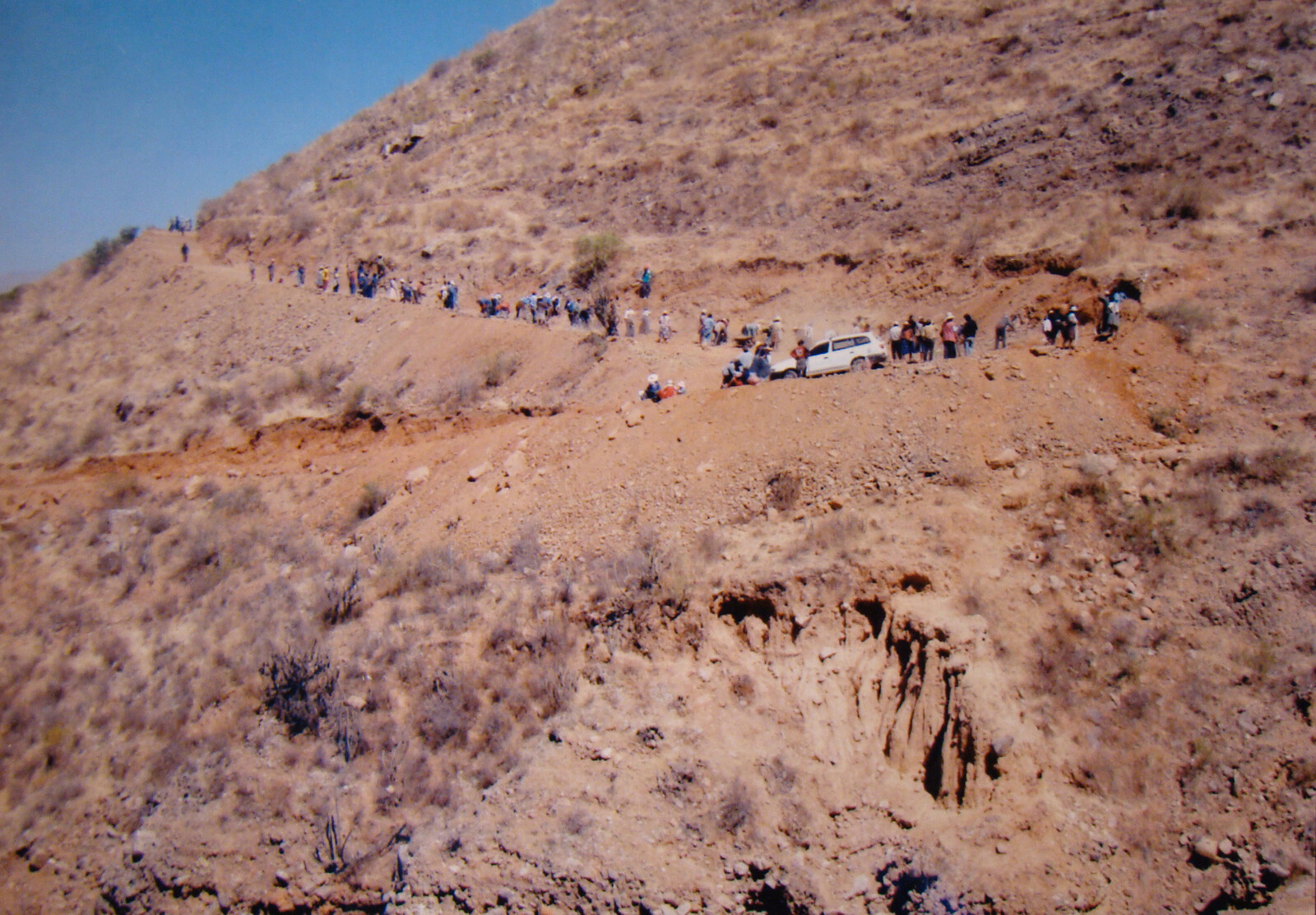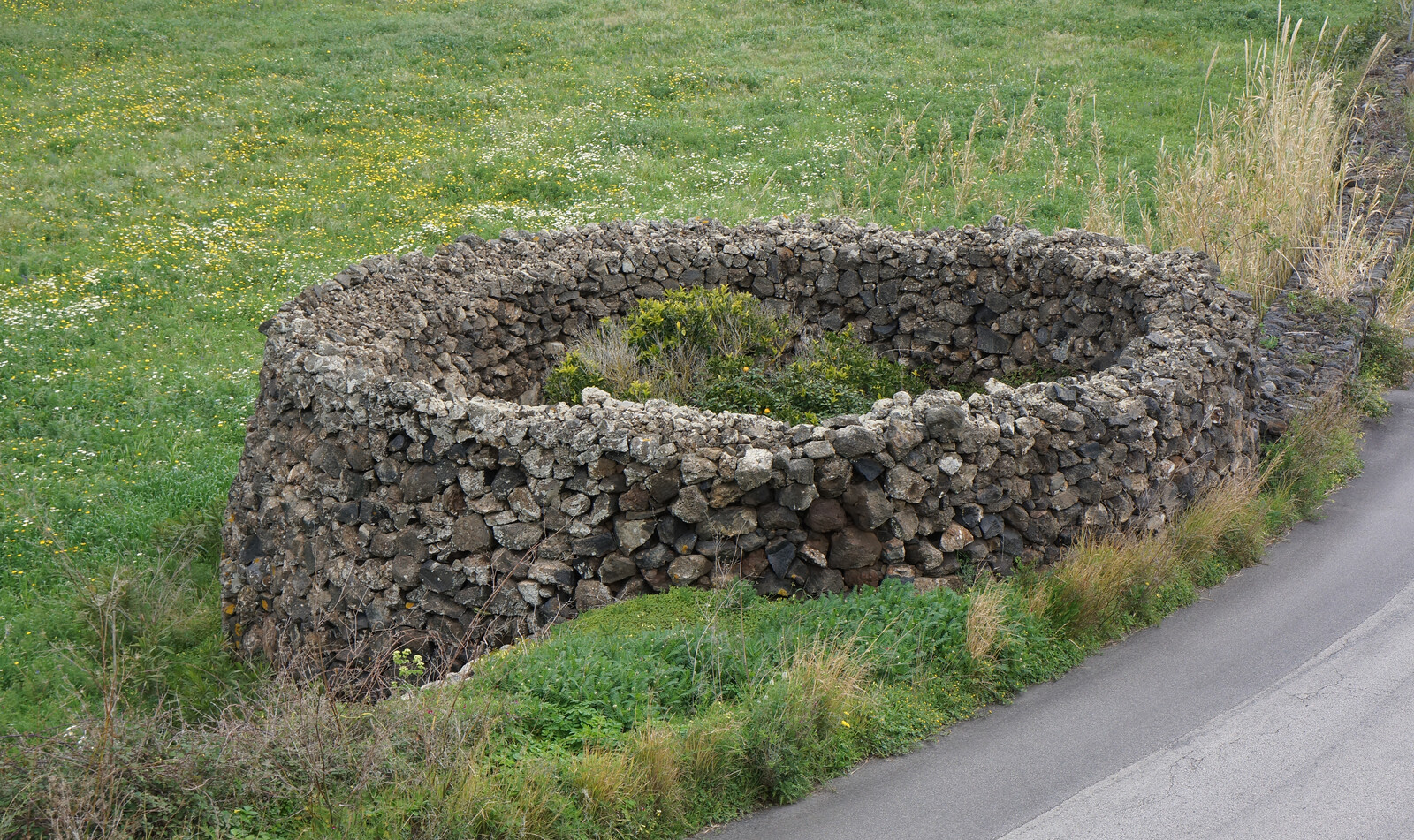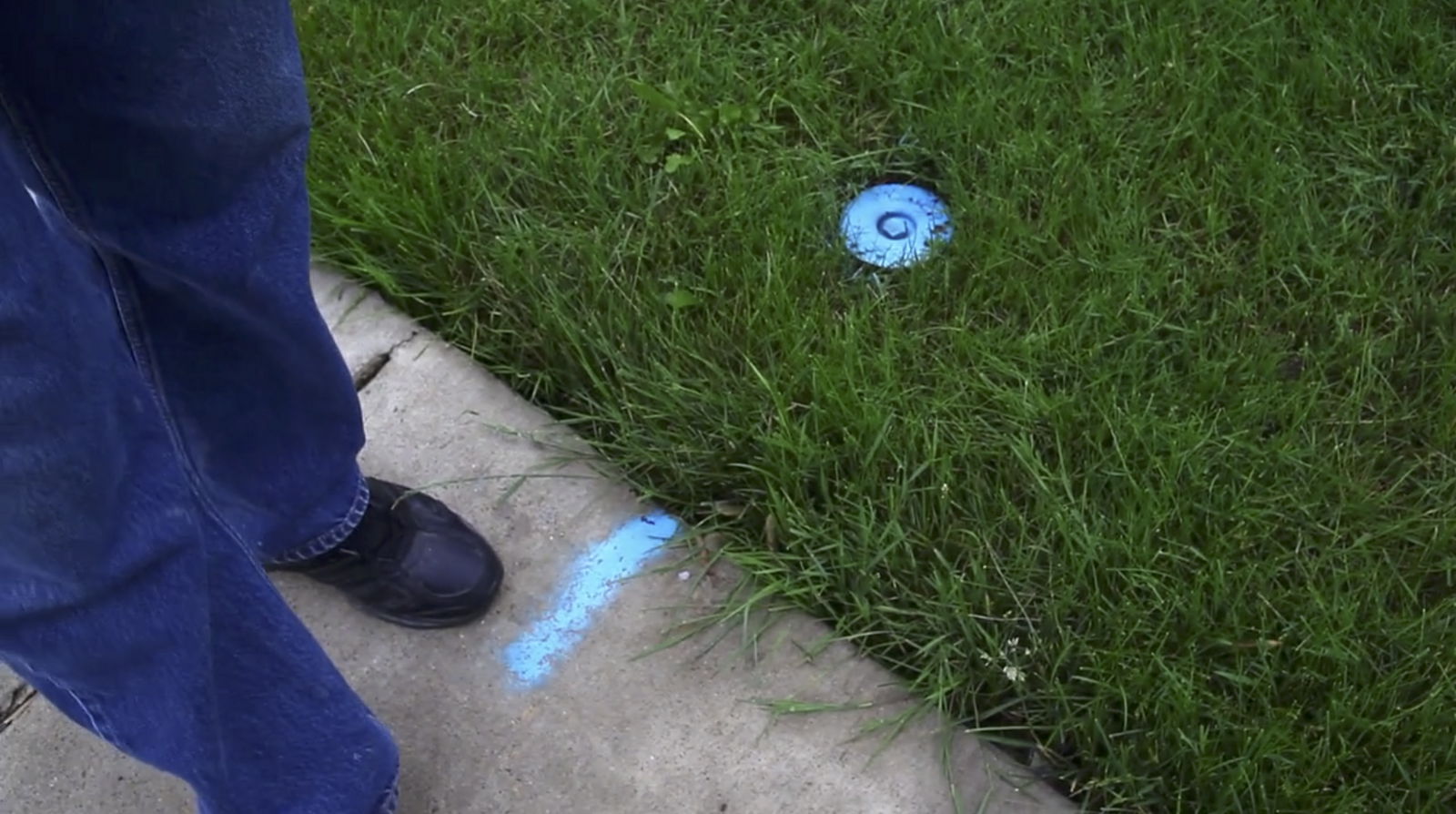1. Where is Brussels?
Reflecting on W.E.B Du Bois’s inner state as he walked along Brussels’s great park and palace at Tervuren in 1936, David Levering Lewis wrote, “vividly reminded [Du Bois] that Tervuren was Leopold’s Versailles as a museum, twenty cavernous hallways gorged with mineral, fauna, and flora his agents scooped up, shot down, and cut out of the heart of Africa at the probable cost of ten million black lives.”1 One can hear Du Bois’s heels clicking against the polished paving stones and see, as he saw, the copper architectural adornments of elite Belgian institutions as he absorbed the full monstrosity of colonialism. Here was Brussels, a model for a new modern Europe where flaneurs strolled taking in wonders of new urban life like the “arcades, a recent invention of industrial luxury… glass-roofed, marble-paneled corridors extending through whole blocks of buildings, whose owners have joined together for such enterprises.”2
It wasn’t merely the glass-vaulted shopping centers that enraptured the young urban class, but the unseen infrastructures of electricity, water, and sanitation. The Senne River was a catchment for stormwater and wastewater, “a visual and medical blight on the Brussels city center, a source of flooding, and an embarrassment to the new government.”3 The “Builder King” Leopold II and the Brussels municipal government began covering the Senne from 1867 to 1877, making a sewer invisible to sight, but pulsing within the belly of a new gleaming metropole. These water infrastructures were built from industrial trade that had a mediated relationship to colonial worlds. By 1878, having failed to acquire the Philippines from the Spanish Crown, Leopold II seized the so-called Congo Free State. Under the auspices of scientific inquiry and civilizational uplift, Leopold II would extract the countless fortunes that built Brussels into a wonder of the world and later the capital of Europe, on the backs of ravaged Congolese people and lands.4
How easy it must have been for city-dwellers to relegate the monstrosities of colonial capitalism to places far away, or to encase their excremental flows in materials ripped from elsewhere. How estranged and enraged Du Bois must have felt witnessing the obliviousness of those who walked along these benighted streets, who sipped tea rich in sugar within the houses that lined them, who thought they lived in Belgium and who thought that Belgium was within Europe, and who thought that Europe was outside Africa, Asia, the Americas, and the Pacific; who thought, if they thought about this at all, that they were—and deserved to be—the center of a fabulously unfolding dialectic of the spirit. What Du Bois saw in the urbane politics of loitering was equally, if not more nightmarish than the atrocities that led to more than eight million African men, women, and children dead in the Congolese basin. The arcade may be “a city, a world in miniature, in which customers will find everything they need,” but it existed in inverse proportion to worlds stripped of every material condition of human and nonhuman existence. What but demons could so thoroughly disavow the sickening conditions of their good life?
Some theorists attempted to pull the mask off this illusion after World War II. Hannah Arendt would insist that the origins of the Holocaust were in European imperialism, but in the process would distinguish between colonial and imperial worlds in ways that iterated the European account of indigenous peoples in Australia and the Americas as “two continents that, without a culture and a history of their own, had fallen into the hands of Europeans.”5 Aimé Césaire would make no such distinction. Colonialism pulsated through imperialism. And “colonialization works to decivilize the colonizer, to brutalize him in the true sense of the word, to degrade him, to awaken him to buried instincts, to covetousness, violence, race hatred, and moral relativism… [E]ach time a head is cut off or an eye put out in Vietnam and in France they accept the fact, each time a Madagascan is tortured and in France they accept the fact, civilization acquires another dead weight, a universal regression takes place, a gangrene sets in, a center of infection begins to spread.”6 The decay just looked differently when viewed from the sacred landscapes of colonial Congo than when viewed from the top of Brussels’s Royal Museum of Central Africa. As Césaire’s student, Frantz Fanon noted that the colonial world is not only where colonizers go. It is a system that encloses city and suburb, rural and wasteland, and the roads and waterways that provide or are carved to provide transport. All roads lead to Rome, because no matter how far from Rome they are built and toward what unknown territory, they are built to move anything of value in only one direction.
The great cities of Europe are technological condensations and displacements of countless despoiled and depopulated spaces—what have become the rural and wasteland areas along and beyond their peripheries. The minerals dug out of Congo, South Africa, Australia, and Canada went somewhere. In other words, they are not merely accumulation of an abstraction (surplus value) or a double abstraction (surplus value of surplus value), but a material redistribution and transformation: the shapes of European cities that were taken from colonized landscapes and the tailings of toxins, the rivers of poison, and the mountains of mudslides engulfing entire communities that came with them. As Europeans crossed and recrossed the globe pulling out what they needed and leaving what was superfluous to them behind, it created a new hegemonic order of things: an emergent and exploitative western classification of existence, or in other words, what was what and how each related to each other. The hegemonic force of this order of things was secreted in the emerging routes such that things could be used and moved only if they appeared as one kind of thing. These different logics of use and abuse certainly included what was grievable, what was killable, and what could be destroyed in order to enhance someone else somewhere else. If you are the subject of capitalist extraction (which everyone is but not qualitatively or quantitatively equally) and you wish to eke out an existence, then the everyday ethical, social, and political hierarchies and differences of things have to be treated as if their materialities do not matter.
At this point in time, the dynamic of colonial and postcolonial accumulation seems much messier than promised by the crisp dialectics of Hegel and Marx and out of which Césaire and Fanon originally built their critique. Accumulation has less the look of a precisely rendered logic and more of a harvesting machine worthy of science fiction: a massive earth-destroying Death Star ripping and gutting a million worlds and then returning to re-ravage them as many times as it can find new forms of extracting profit from existence (or in the language of capitalist disavowal, “creative destruction”). The wheels of the machine do not go forward, they go backward, side-to-side, and around-and-around. Capitalism as such emerged from a mad circle of primitive accumulation: scraping value out of the bodies of enslaved west Africans, pulling nutrients from Caribbean soil, and casting gunpowder recipes from Chinese knowledge.7 But this primitive accumulation, Glen Coulthard has argued, depended on an originary accumulation of Native American lands—a Caribbean rid of Caribs, an American South without the Caddo, Seminole, Catawba, Cherokee, Shawnee and hundreds of others. Coulthard insist that David Harvey’s understanding of capitalism as accumulation by dispossession depended on an initial dispossession.8 Forward into visions of semiotechno-capitalist solutions and industrial climate toxicity: as TJ Demos, Bron Szerszinsky, and others have discussed, numerous such liberal, neoliberal, and libertarian geo-engineering projects figure the anthropos “as ultimate self-creator, for whom no challenge—climate change, agricultural failure, artificial intelligence, planetary hunger, even death and extinction—will be beyond technological overcoming, especially when matched to Silicon Valley capital.”9 Lifted up, lifted out, anthropos was claimed to be different from and superior to all other forms of existence. But this anthropos is not Man. It is a toxic imaginary brewed out of specific colonial and capitalist sociality.
Great cities rose from the smolder; and within these cities new topologies of glistening paving stones and stinking alleyways. As human and nonhuman worlds were ripped from one place to produce wealth in another, the great harvester would return, digging deeper into previously ravaged spaces, this time with imperial and corporate armies to reorganize “free” African labor for mines, plantations, and the construction of new megalopolises in the global south. The interior contours of these new cities have been understood and documented ever since Engels’s The Condition of the Working Class in England, continuing on through Mike Davis’s The Planet of Slums. Likewise, countless studies have detailed the dynamics that drain human and nonhuman materials and values from outside the city, accelerating the process by which urban centers grow and rural areas become vast reservoirs of toxicity. This is what Du Bois saw: material and social space being bent to distortedly sculpt routes and worlds, including the means of connecting by differentiating between the urban and rural and the city and its slum. Human and nonhuman existence was forced into specific forms as the condition for movement (what roads demanded; ocean-ways allowed; undersea cables provided; low-earth, mid-earth, and geostationary space satellite networks oversaw). The conditions of existence in one place stretched way beyond its location, but in ways that seemed disfigured only to some. (Rising rents in renewed American cities condemn the precariat to lives lived on buses commuting to low wage work from new suburban ghettos.) But this idea that toxicity could be kept at a distance was always a fantasy. This fantasy has now been punctured. The toxic waterways they sealed far away from their view or right below their own feet are now overflowing.
Critical indigenous theory has long argued that colonialism did not merely destroy people and their lands, but attempted to destroy myriad non-Western understandings of the irreducible entanglement of human and nonhuman existences that challenge the toxic imaginary of colonial and capitalist extraction. In colonial conditions, the bargain between colonial invaders and indigenous peoples was never for either your goods or your life, but was always both your modes of life and your goods. Thus, at the heart of Coulthard’s analysis of originary dispossession is this aspect of the harvesting machine:
If we base our understanding of originary dispossession from an indigenous standpoint, it’s the theft not only of the material of land itself, but also a destruction of the social relationships that existed prior to capitalism violently sedimenting itself on indigenous territories. And those social relations are often not only based on principles of egalitarianism but also deep reciprocity between people and with the other-than-human world.10
Countless deeply reflexive practices of how one belongs across and in existence were disrupted, dug up, and run over as Europeans went southward and westward to make their cities, neighborhoods, and livelihoods. Coulthard is not arguing that settler colonialism burnt these worlds down to their root, nor that the effect of this destruction flowed in only one direction. Rather, the harm had different forms and temporalities. The gangrene took root in colonizers as soon as they began treating the Americas as something to be conquered, but the gangrene was slow-acting. They could postpone the effects of the poisons they were creating by moving away from or exporting the poisons they wrought. At some point there would be no further, no behind, no over there. Today may be that day. Peer down into the gutters, follow the flows of water, of metals, and the pollutants they carry and disperse.
2. What is Geontopower?
At the heart of the colonial ordering of things is geontopower: not a division of things as they are in and of themselves, but a governance of other regions of existence and their meanings, imports, and uses. And at geontopower’s core is the carbon imaginary; an intersection, not a correspondence, between western sciences of life and death and western philosophies of the event and finitude. These sciences and philosophies stage the drama, ethics, and singularity of Life against the horror of the inert, inanimate, and insensate. Life is situated against a cold grayness of an original lifeless space, whether eyes are trained to witness this lifelessness in the sublime granite expanse of the American Rockies, the ancient craters of Earth’s moon, or winds of intergalactic space. In geontologic imaginaries, the Desert is Life’s nemesis, and controlling the pathways of potable water its prerequisite.
In the global north geontopower might appear to be a formation of power succeeding biopower. There we hear the sounds of a growing realization, in the natural and philosophical sciences, that not only is the division between Nonlife and Life an artificial and superficial understanding of the interdependencies of all forms of existence, but also, in the wake of climate toxicity, downright dangerous. But geontopower is not a new formation of power. This division, and the hierarchical relations it creates, has long operated “in the open” in settler colonialism. It allowed colonialism and capitalism to sever and then to relate a hierarchy of things, rights, and values—the rock and mineral, the indigenous and black, the white and his glorious future. All these divisions were knotted and reknotted in ways that sought to maintain the purpose of the colonial order of things: the contouring and channeling of all and anything toward a European surplus. In other words, the geontological division of Life and Nonlife is not merely a division but an opportunity for a set of further divisions as maneuver: the civilized and primitive, the white race and others, Dasein as the world’s rich standing up and apart from the world poor with no world at all. Indeed, the world’s rich were promised so much if they agree to these divisions and hierarchies: the rock, the native, the black, the white. The divisions and hierarchies of Life and Nonlife, the animate and inert, the fossil and the rock, functioned as a framework within which colonizers made sense of and justified their minor and major atrocities. The ravagement of lands? The dominion of life over the lifeless; man over nature. The extermination of people? The divisions of life as it unfolds into greater civilizational complexity, humans over the animal world, Europeans over everyone else. Thus as Christina Sharpe has noted, this division allowed other difference and relations, such as the colonial dynamics of that pitted Native Americans and Africans against each other.11 Little wonder then that the U.S. lined up police equipped with “more than $600,000 worth of body armor, tactical equipment and crowd control devices” to rip through and run over the originary politics of Standing Rock.12 Capitalism depends on creating by destroying and then erasing the connections between the material wastes it leaves behind and the glimmering oasis of privilege this waste affords.
Hopefully this quick summation provides some sense of what geontopower means.13 But what does geontopower seek to be? Does it seek to be a minor note in an illustrative line of questions: What is Enlightenment? What is Critique? What is a Concept? Is geontopower a moment of left enlightenment? Is it an instance of critique? Is it a concept? Human liberation from the tutelage of his traditions? The human decision to be governed differently? The transformation of what is but has yet to be? If geontopower is a concept oriented toward left progressive critique, for instance, does this mean that in being a concept, geontopower inaugurates an event with a homogeneous application everywhere, without remainder, and without itself being affected by its movement across territories? In other words, does geontopower equally and effectively describe processes happening in the multiple hearts and edges of cities as well as megalopolises, rural enclaves, and winding deserts? And is such a territorial scope and resilience—a quality of things that can be said to be universal—necessary for a concept to act as a concept as such?
My answer is no. Moreover, geontopower seeks to understand what is being done when a concept aspires to such jurisdiction. In order to suggest what I mean by this, let me review what I think are two fairly uncontroversial claims implicit in everything that I have been saying so far. The first is that the worlds Europeans encountered had understandings of human and nonhuman reciprocity deeper and richer in practice and analytics than any model which proposes, with more or less analytic sensitivity, a singularity (animism), a dualism (animism and totemism), or a quadral (animism, totemism, naturalism, analogism) of the other. And this is because even if these concepts capture some general actuality, within all of them were, are, and always will be multiple possible and actual analytic otherwises. This is true for a very simple reason. Actuality is riven with specific and continual human and nonhuman movements, shifts and adjustments. Each and every one of these shifts and readjustments are taken into or ignored in accounts of why and what for—why a creek gave no fish, why the sky went dark, why my son died rather than yours. Every shift opens more than one, if not an infinity, of possible ways of interpreting an event, quasi-event, and intensification without eventfulness even within any one generally agreed framework of existence—and even if the interpretive possibilities are ignored. In other words, there is no reason to assume that the worlds Europeans encountered operated like badly programmed computers following principles carved in stone and recited by rote. No matter how perfectly elders passed down oral texts from generation to generation, these texts encountered lands and nonhuman beings in constant movement and adjustment and thus could be interpreted and reinterpreted.
This leads to my second point. As against dominant western understandings, there is not reason to conflate creativity with a violent interruption of the past, or with an inauguration of a new future. Pre- and anti-colonial worlds need not rip time in order to create, nor did they need to refuse time in order to remain the same. A constant attentiveness to the adjustments and innovations necessary to keep human and nonhuman forms in a co-constituting relation was a creative core to the ancestral present. This ancestral present is something always being kept in place. The viciousness of settler and other forms of colonialism made this ongoing task critical.
I highlight these two points to open a space in which geontopower resists any attempt to interpret it through a universalizing or homogenizing framework. For instance, in early genocidal colonialism, division underlined colonial claims about primitive mentality. Those people refusing the division were laminated into a geological metaphor to produce a Stone Age People lacking in creative powers doomed to dumb repetition. As mineral, stone people and their lands could be laid to waste under the cover of the advancement of Life (Dasein, enlightenment, civilization). The more they insisted—the more they resisted by force of arms or argument—that they would be governed according to their analytics of existence, the more colonizers sutured them into the infertile stubbornness of stones. They were things that refused to undergo creative destruction, dialectical evolution. Unmoving colonial and capital forces moved them to whatever lands were considered without value. If precious minerals, ores, and tar sands were discovered, then new process of forced removal would begin again. It was under the constant deforming pressures of radical disregard that colonized worlds struggled not to be governed by colonial forms of existence and to continue to be governed by their own.
I don’t think we need to look into the past to understand what is at stake. We can instead listen to how many, or at least some, within contemporary cities and suburbs now treat the stubborn resilience of indigenous people, a resilience stretched across centuries of dispossession, bullets, and boarding houses. As cities from Cape Town to São Paulo, Istanbul, Cairo, Beijing, and Phoenix go dry, poisons spread out of their encasements, and previously wealthy colonizer states face massive infrastructural bills, we now hear a new attitude toward indigenous people on the horizon. Their “mythic knowledge” is now understood to have been a sort of Cassandra call in the shadow of anthropogenic climate catastrophe. They were right. You are right. We have all been governed by a false division that is not merely wrong in a descriptive sense but dangerous and deadly, something that has lead us down a disastrous road. It may seem, right here, that geontopower emerges as a concept that could have universal interpretive power. But I think the opposite. Why I do takes me back to Foucault’s famous repurposing of Kant’s question of enlightenment as one of critique:
A critique is not a matter of saying that things are not right as they are. It is a matter of pointing out on what kinds of assumptions, what kinds of familiar, unchallenged, unconsidered modes of thought, the practices that we accept rest… Criticism is a matter of flushing out that thought and trying to change it: to show that things are not as self-evident as we believed, to see that what is accepted as self-evident will no longer be accepted as such. Practicing criticism is a matter of making facile gestures difficult.14
Foucault sees this attitude of critique emerging out of a “critical attitude” that “unfolds specifically in the West and in the modern Western world since the fifteenth and sixteenth centuries” as religious struggles and spiritual attitudes underwent a transformation.15
As I noted above, for worlds struggling to maintain their resilience in wave after wave of displacement and dispossession, from 1492 through to the present, the question was not merely, or even primarily, the same as the one Foucault outlines. If the question within the European diaspora was how to be governed differently, then the question for others doubled back on and reformed this question. It was how not to be governed by you as we creatively keep our forms of existence in existence, as we experience the major and minor strains and deformations of settler colonialism, of extractive capitalism, of late liberalism. The question was not simply “to show that things are not as self-evident as we believed, to see that what is accepted as self-evident will no longer be accepted as such,” but how to remain in existence in the existence we understand as true against geontopower as a form increasingly determining everything.
In other words, geontopower is not a concept that aspires to level the differentials of power, but to make these differentials appear across the territories in which the divisions of Nonlife and Life act as massive shearing teeth in its great harvesting machines. It seeks to make visible those who claim that the West’s material wealth—its modern cityscapes, wealth accumulation, and health—need not take into account actions in one place and reactions in another; that one could assume all harms would wash away in the long run, at the frontier, in the end. Against these claims are those who know that this glorious future has always been careening in a toxic cloud toward all of us which, no matter that it will kill all in the long run, always kills differentially in the short run.
3. What can be done?
What would Du Bois make of global cities in the north today—their submerged waterways bursting; their infrastructures, built from the bodies and lands of colonized worlds, crumbling and corroding? If the modern age invented Man within the problematic of finitude (Man understood as/at his limit, as exposed by Foucault in The Order of Things), then from the perspective of the colonized this invention did not grow out of the mind of Western self-reflection but out of the actual conditions of its possibilities. The West ripped itself out of one form of tutelage by placing others within another sort. As the Movement for Black Lives argues, the violence against black persons is not merely visible when police kill African Americans, and largely with impunity, more than other kinds of US citizens, but when white Americans refuse to acknowledge how their intact bodies are internally tied to what Christine Sharpe calls “zones of black killability.” The extimate relationship between struggles of African Americans living in Flint and elsewhere must be put in conversation with the refusals of indigenous peoples such as the Oceti Šakowin Sioux of Standing Rock, and not as a struggle between them or as a struggle over which form of dispossession and killability should characterize both of their struggles. Let’s agree that there are no cities and rural wastelands or suburban enclaves and ghettos but a set of infrastructural relays whose legitimation of violent redistribution is ultimately grounded in geontopower. And let’s say that we continually fail to experience these interconnections because of the way geontopower has separated forms of existence—Nonlife and Life, forms of Nonlife (toxic and nontoxic) and forms of Life (western, non-western, civilized, noble savage, barbarian, terrorist)—and then to relate these now separate forms through a hierarchy of time, creativity, and history.
What would a politics that aspires to press against these separations look like? A host of activists and scholars have pointed the way.16 Alongside these games of toxic hot potato are what Nikhil Anand calls a global game of “hydraulic citizenship.”17 In the US, the most recent public example of hydraulic citizenship is the predominantly African-American city of Flint, Michigan.18 The history of the crisis has been narrated.19 Flint had been placed under emergency management from 2002–2004, and then again starting in 2011, initially framed as part of necessary austerity measures. Austerity for some, that is, and not for others. City managers were paid between $132,000–$250,000 and had the power to “overrule local elected officials, dictate decisions about finances and public safety, terminate or modify contracts and sell off public assets.”20 On April 6, 2013, looking to cut costs, the city’s new Emergency Manager, Ed Kurtz informed the state treasurer, Andy Dillon, that Flint was leaving the Detroit Water and Sewerage Department and would build its own pipeline to connect to the Karegnondi Water Authority. Until the pipeline was built, Flint would rely on water from the Flint River, which was widely known to contain high levels of pollution. Instead of immediately treating the water before pumping it into homes, officials decided to take a “wait-and-see” approach. (The head of the state’s health department and four other official were later charged with involuntary manslaughter.)21 Residents immediately complained. Officials told residents to boil their water, effectively holding individuals responsible for purifying their water supply. The city then pumped increased levels of chlorine into the water system, levels so corrosive that General Motors stopped using Flint waters because of the damage to its metal parts. And before the racialized austerity of water flowed into Flint, other toxins wafted their way.22
Even after the Michigan pediatrician, Dr. Mona Hanna-Attisha, and Virginia Tech professor of civil engineering, Marc Edwards, sent their analyses of lead and pollutant levels in Flint’s water to network news outlets, it arguably took the vibrant force and analytics of Black Lives Matter to puncture the mainstream news cycle. In other words, the systematic differential of toxicity was made a general problematic. Here, William James’s understanding of the social location and energetics of concepts is crucial. Black Lives Matter is a concept in this rich sense of the term: it forces a new field of arrangement and emits all sorts of discursive tailings as the potential prefigurative signs for new concepts. Denounced as another form and instance of state violence against black bodies, on December 14, 2015, Mayor Karen Weaver declared a State of Emergency, announcing that “Water filters, bottled water and at-home water test kits are being provided to Flint residents free of charge at Water Resource Centers located around the city.”23 The entire city remains under the threat of emergency management as the state struggles to find funds to replace the rotted infrastructure in order to return the city to a clean future.
Let us pause to understand the troubling implications of the liberal responses to the myriad forms of water crises taking place globally.24 The call to remove toxins, to replace the spoiled area with clean material so as to return people and areas to our common future, points not to a common future but a present refusal. Those who have long benefited by an entangled arrangement, organized through the divisions and relations of geontopower, refuse to become strained or dissipated by a new one. The three steps of remove, replace, and restore shift attention away from the areas which will be gutted in order to create this restoration project and toward those made by turning others into its dump.
Rather than a common and differentiated present, the liberal response to its own distributed toxicity is symptomatic and diagnostic of its blocked and disavowed networks. On the one hand, it is widely axiomatic that some regions are built up and sustained by ripping apart and disemboweling others while, in the process, leaving behind the chemicals needed to separate metals and ores, the fungi that thrive in machine-friendly fields, and the winds and waters that flow differently when the trees have been uprooted. Water crises are, in other words, part of a series of small and large events, intensities and intensifications that keep in place a specific entangled terrain of wealth and power. For some bodies to remain in a purified form, other bodies must drink the effluvia—money must be deducted from someone so that it can be added elsewhere; materials to build the infrastructures of health must be pulled out from somewhere. On the other hand, those who benefit from this uprooting act as if their lives were not obligated to these ravaged spaces—that what happens to them is only related to what is happening to me by some spectral connection.
Rather than “spooky action at a distance,” they disavow their relationship to devastation; to the entanglements between their healthy food, clean water, and fresh air and the toxic dumps elsewhere. The answer from white heteronormative households when (once again) forced to acknowledge that there is nothing ghostly at all about the circuits and transpositions connecting the “common” body in one region of the world to another region is that adequate infrastructure should be built for those who have none. In other words, the common body is still not acknowledged to be common. The rich cities and suburbs dig their psyches deeper into disavowal. They refuse to acknowledge that new infrastructure would need to be built from materials found far away from their own neighborhoods, ripped from someone else’s land, manufactured in such a way that still another set of lands and peoples become contaminated. What they will never do is allow others to move into their suburbs, or agree that some of the shiny lead-free pipes be ripped up and exchanged with others. And this too is true of nation-states signing climate change treaties. The very action of signing, or not, disavows that they could not be what they are without the surface and subterranean passages ravaging one area for the benefit of another. As Césaire, Arendt, and Mbembe all argue, the sewers will start overflowing at some point, and then there will be nothing left to consume but one’s own spoiled self. Someone has to eat the outcome. Wouldn’t it be ethically sensible for those who produced and benefited from the distribution of commodity and waste to be the first in line to begin spooning it up?
David Levering Lewis, W.E.B. Du Bois: The Fight for Equality and the American Century, 1919-1963 (Henry Holt: New York), 394–395.
Walter Benjamin, The Arcades Project, trans. Howard Eiland and Kevin McLaughlin (Belknap Press: Cambridge, 1999).
“Belgium,” The History of Sanitary Sewers, ➝.
Adam Hochschild, Kind Leopold’s Ghost (Boston and New York: Mariner, 1999).
Hannah Arendt, The Origins of Totalitarianism (New York: Harcourt, Brace, Jovanovich, 1973), 186; See also Richard King and Dan Stone, eds., Hannah Arendt and the Uses of History: Imperialism, Nation, Race and Genocide (New York and Oxford: Berghahn Books, 2007).
Aimé Césaire, Discourse on Colonialism (Monthly Review Press, 2000/1955), 35–36.
Sidney Mintz, Sweetness and Power (New York: Viking, 1985).
Glen Coulthard, Red Skin, White Masks (Minneapolis: University of Minnesota Press, 2014).
TJ Demos, “To Save a World: Geoengineering, Conflictual Futurisms, and the Unthinkable,” e-flux Journal 94 (October 2018), ➝.
Glen Coulthard, “The Colonialism of the Present,” interview by Andrew Bard Epstein, Jacobin, January 13, 2015, ➝.
“In Notes on the State of Virginia, Jefferson differentiates between the indigenous social savage and the African biological or ontological savage.” Christian Sharpe, In the Wake: On Blackness and Being (Durhan: Duke University Press, 2016), 78.
Blake Nicholson/Associated Press, “More Than $600,000 Spent on Police Gear for Pipeline Protest” WDIO abc, December 16, 2017, ➝.
For a longer discussion, see Elizabeth A. Povinelli, Geontologies: A Requiem to Late Liberalism (Durham: Duke University Press, 2018).
Michel Foucault, “Practicing Criticism,” interview with Didier Eribon, in Politics, Philosophy, Culture, ed. Lawrence D. Kritzman (New York: Routledge, 1988), 154.
Michel Foucault, “What is Critique?,” in The Politics of Truth, ed. Sylvere Lotringer, trans. Lysa Hochroth and Catherine Porter (Los Angeles: Semiotext(e), 1997).
For instance, see Myra J. Hird, “Waste, Landfills, and an Environmental Ethics of Vulnerability,” Ethics and Environment 18, no. 1 (Spring 2013): 105–124.
Nikhil Anand, Hydraulic City: Water and Infrastructures of Citizenship in Mumbai (Durham: Duke University Press, 2017). See also Antina von Schnitzler, Democracy’s Infrastructure: Techno-Politics and Protest after Apartheid (Princeton: Princeton University Press, 2016).
For more background on the Flint crisis, see A.R. Highsmith, Demolition Means Progress: Flint, Michigan, and the Fate of the American Metropolis (Chicago, University of Chicago Press, 2015).
Summary adapted from Merrit Kennedy, “Lead-Laced Water In Flint: A Step-By-Step Look At The Makings Of A Crisis,” NPR, April 20, 2016, ➝.
Susan J. Douglas, “Without Black Lives Matter, Would Flint’s Water Crisis Have Made Headlines?,” In These Times, February 10, 2016, ➝.
Scott Atkinson and Monica Davey, “5 Charged with Involuntary Manslaughter in Flint Water Crisis,” New York Times, June 14, 2017, ➝.
Andrew R. Highsmith, “Flint’s toxic water crisis was 50 years in the making,” Los Angeles Times, January 29, 2016, ➝.
City of Flint, Michigan, “State of Emergency Declared in the City of Flint,” December 14, 2015, ➝.
Anand, Hydraulic City.
Liquid Utility is a collaboration between e-flux Architecture and the Temple Hoyne Buell Center for the Study of American Architecture at Columbia University as part of their project “Power: Infrastructure in America.”
